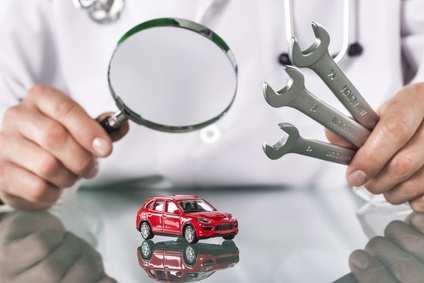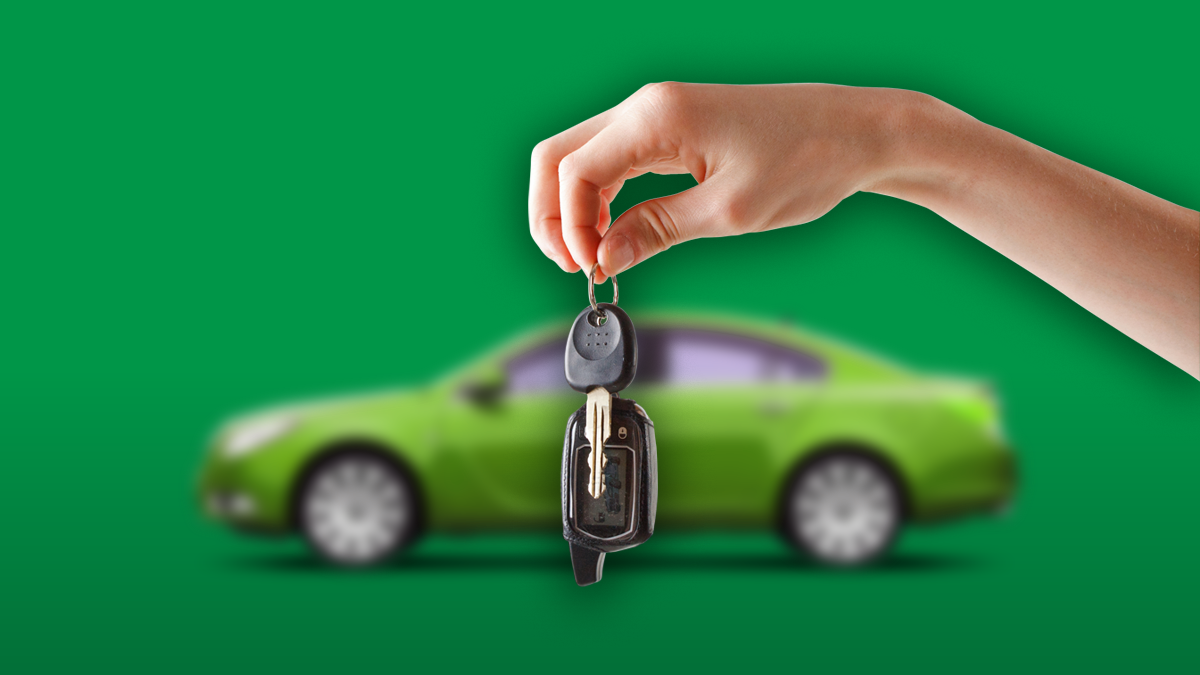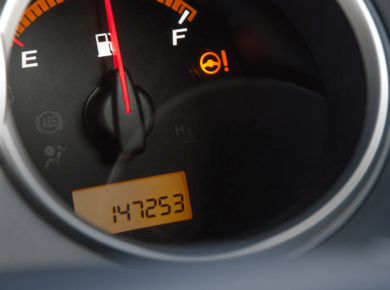Vehicle Identification Number (VIN) tampering is an increasingly common issue in the used car market. Some dishonest sellers manipulate or replace VINs to hide damage history or to disguise stolen vehicles. In many cases, they use the VIN from a similar car — same make, model, and color — to create a fake vehicle identity. Others may attach VIN plates from junked or totaled vehicles to stolen cars. To avoid falling victim to this kind of fraud, it’s essential to learn how to identify a fake VIN number and verify a car’s true identity.
Use a VIN Decoder
One of the first tools at your disposal is a VIN Decoder. This tool allows you to reveal the original build details of a vehicle and compare them to the physical characteristics of the car you’re inspecting. Think of the VIN as the car’s fingerprint — unique and nearly impossible to replicate without raising suspicion.
When using a vehicle VIN decoder, compare key specs like engine type, body style, year of manufacture, and transmission. If anything looks off, that’s a red flag. In this case, you should verify the authenticity of the VIN by performing a title check and accessing vehicle history. For example, if the car was severely damaged and rebuilt, but there’s no such record, it may point to VIN tampering.
ClearVin offers a free VIN number decoder that pulls factory-original vehicle specs — making it easy to spot inconsistencies during a used car inspection.
Inspect the Vehicle Thoroughly
Physically inspecting the vehicle is just as important as running an online check. Begin by locating all VIN plates and stickers — they can usually be found on the dashboard near the windshield, on the driver’s side door jamb, under the hood, and on the frame.
Look for signs of tampering like:
- Scratches around the VIN label
- Mismatched rivets
- Uneven wear or discoloration
- Excessive glue or unusual placement
- Plates that appear newer or cleaner than surrounding areas
Also, check for signs that the windshield or dashboard may have been removed or reinstalled — a common trick used to swap out VIN plates.
If you’re unsure, bring the car to a trusted mechanic for a second opinion. They often know exactly what to look for when verifying VIN numbers and can spot subtle signs that the average buyer might miss.
ClearVin also offers a free license plate lookup tool — another method to retrieve vehicle records and cross-check the VIN.
Run a VIN Check
One of the most reliable ways to confirm whether a VIN is real or fake is by using a trusted VIN history service that pulls data from official sources. When a vehicle is stolen or declared a total loss, its VIN will typically be listed in the National Motor Vehicle Title Information System (NMVTIS) — a federal database designed to help protect consumers.
By using a service like ClearVin, which is an official NMVTIS data provider, you can uncover:
- Whether a car has been reported stolen
- Title branding (like salvage or junk status)
- Odometer discrepancies
- Prior insurance claims or damage reports
- Ownership history
These details not only help identify fake VINs but also give you a fuller picture of the car’s background.
Final Words
If you’re planning to buy a used vehicle, always verify the VIN number before sealing the deal. Start with a car VIN decoder, inspect the VIN plate locations, and run a comprehensive vehicle history report. If you suspect a fake VIN number or uncover tampered information, report it immediately to the National Insurance Crime Bureau (NICB) or local law enforcement.
Taking these steps ensures you’re buying a legitimate vehicle and not inheriting someone else’s trouble.









